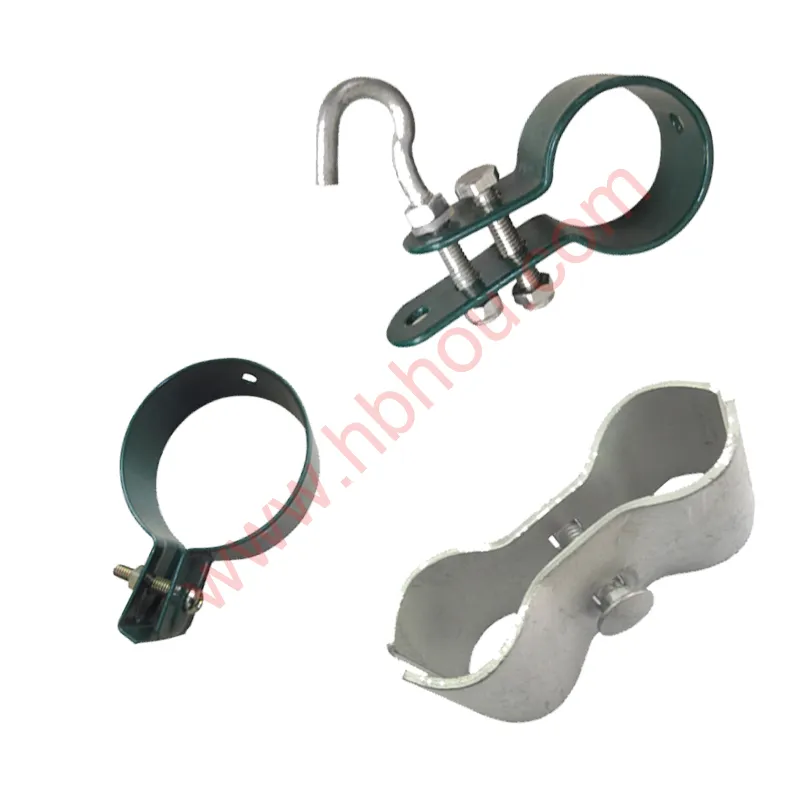The Art and Science of Tightening Barbed Wire
Barbed wire, often associated with fencing and security, is a significant invention that has profoundly impacted agriculture, property boundaries, and even conflict zones. While its utility is widely recognized, the processes involved in its installation and maintenance, particularly tightening the wire, are critical for ensuring its effectiveness and longevity.
Understanding Barbed Wire
Barbed wire consists of a strand of wire with projecting barbs or sharp points at regular intervals. Initially patented in the late 19th century, it quickly became the standard fencing material due to its cost-effectiveness and ease of installation. Farmers used it to protect crops from roaming livestock, while it also found applications in military and prison security due to its deterrent nature.
However, over time, barbed wire can sag and lose its tension, rendering it less effective in serving its purpose. Proper maintenance, particularly the process of tightening the wire, is essential for both functionality and safety.
The Importance of Tightening Barbed Wire
Tightening barbed wire involves adjusting the tension in the wire to maintain its shape and integrity. Sagging or loose sections can become ineffective barriers, allowing animals to escape or intruders to break through. Furthermore, loose wire may pose safety risks; the sharp barbs can injure unsuspecting individuals, leading to potential liability issues.
Properly tightened barbed wire not only enhances security but also improves the overall appearance of the fence. A taut wire presents a more formidable barrier, and it can also extend the lifespan of the material by preventing unnecessary wear and tear.
tightening barbed wire

Techniques for Tightening Barbed Wire
There are several methods to tighten barbed wire, depending on the type and configuration of the fencing system. Here are a few effective techniques
1. Manual Tightening For smaller stretches of barbed wire, manual tightening is often sufficient. This involves grasping the wire and pulling it tight across the fencing posts. A helper can provide additional support by holding the slack as the wire is tightened.
2. Tensioning Tools For longer stretches or high-tension applications, tools such as a wire tensioner are invaluable. These tools typically consist of a ratchet mechanism that allows the user to incrementally tighten the wire without the risk of damaging it. Tensioners ensure that the wire is uniformly tightened along its length.
3. Use of Post Braces In some cases, especially where heavy tension is required, reinforcing fence posts with braces can help maintain the integrity of the barbed wire. These braces provide additional support, reducing the risk of the posts bending or breaking under tension.
4. Adjusting Terminators Barbed wire fencing systems often incorporate terminators at the ends of the wire. These are designed to anchor the wire securely. Adjusting the terminators can provide an effective means of tensioning the wire, particularly if it has begun to sag over time.
Conclusion
Tightening barbed wire is an essential task that helps maintain its functionality and safety. Whether used in agricultural settings, security applications, or scenic boundaries, well-maintained barbed wire contributes significantly to the effectiveness of fencing solutions. Employing the right techniques and tools ensures that barbed wire remains a powerful and reliable barrier for years to come. As the challenges of fencing evolve, understanding the art and science behind tightening barbed wire remains fundamental for anyone involved in property management or land stewardship. By regularly assessing and adjusting the tension of barbed wire, we can uphold its role as a resilient and effective fencing solution, preserving the safety and integrity of our spaces.
















